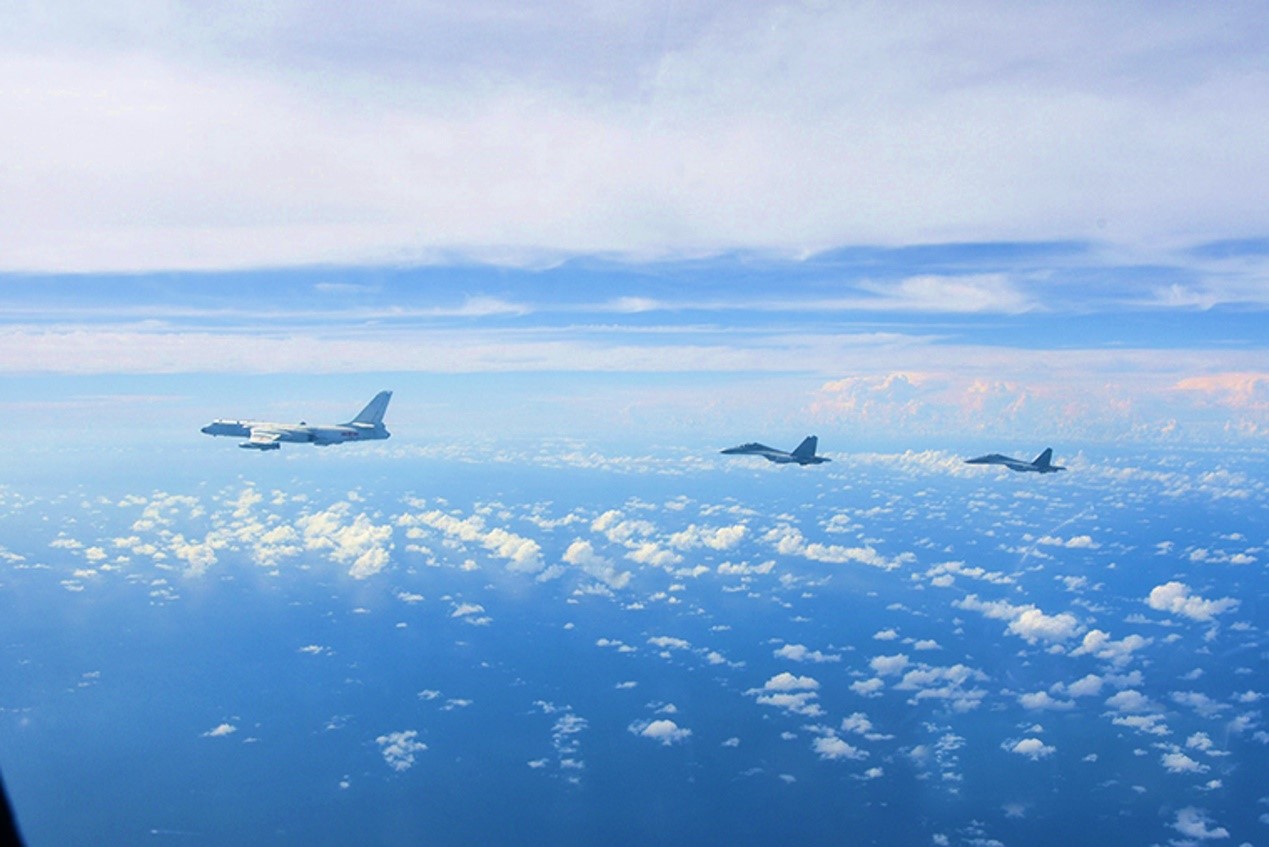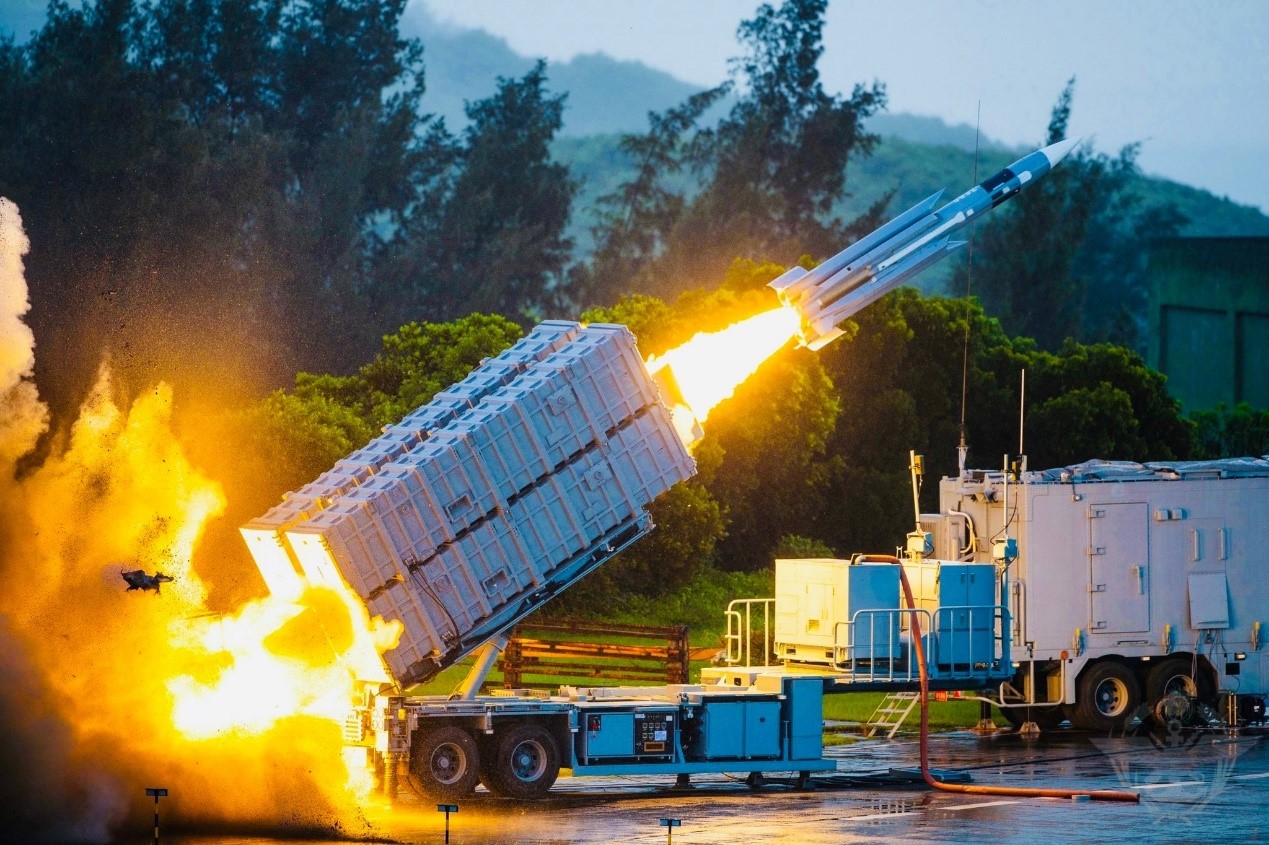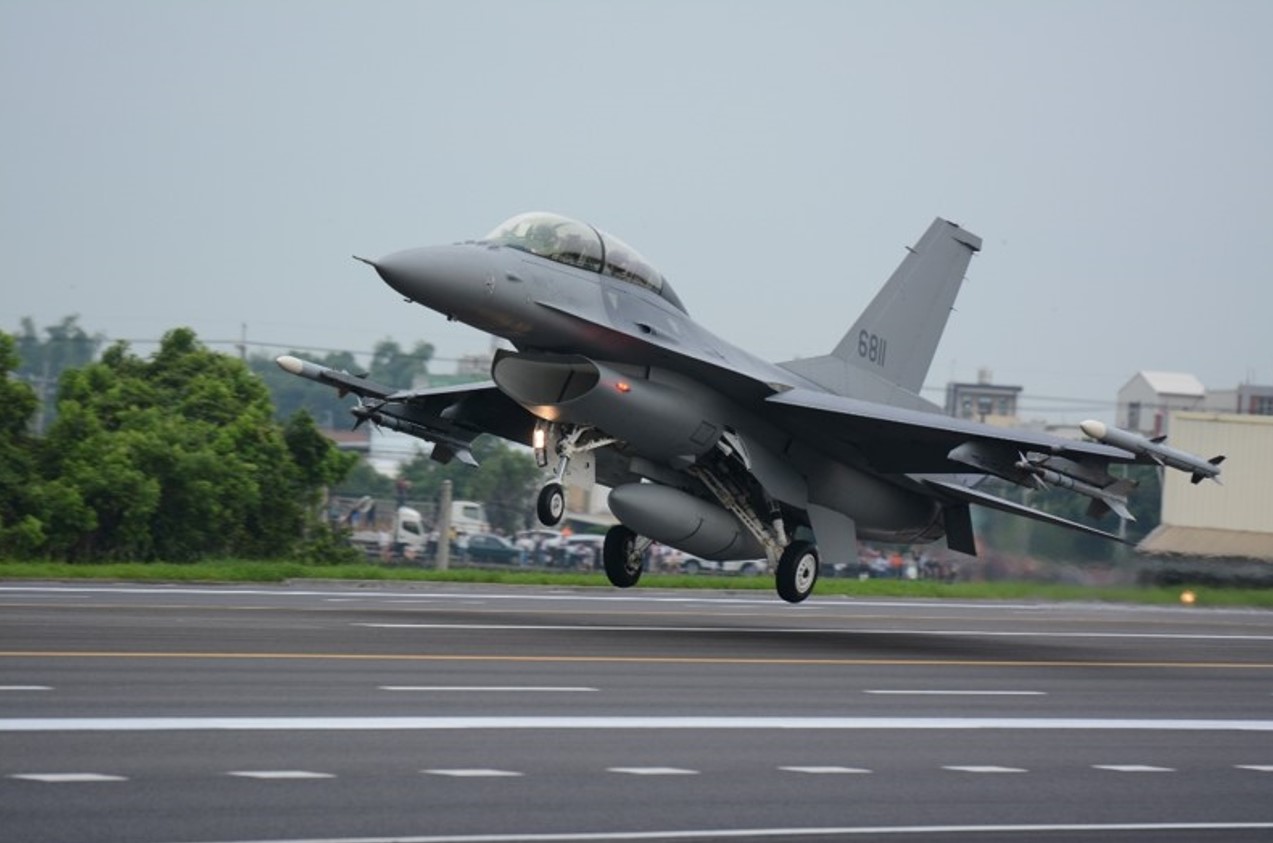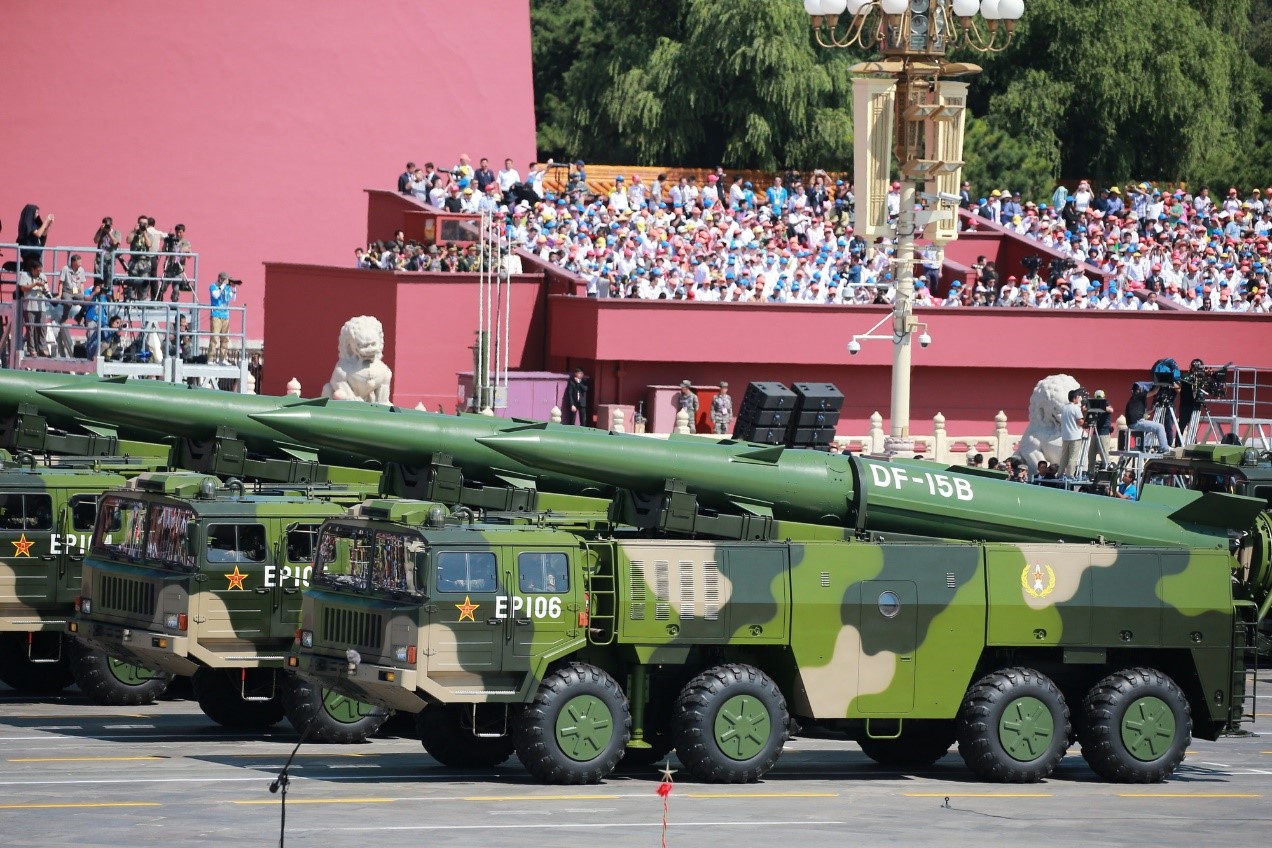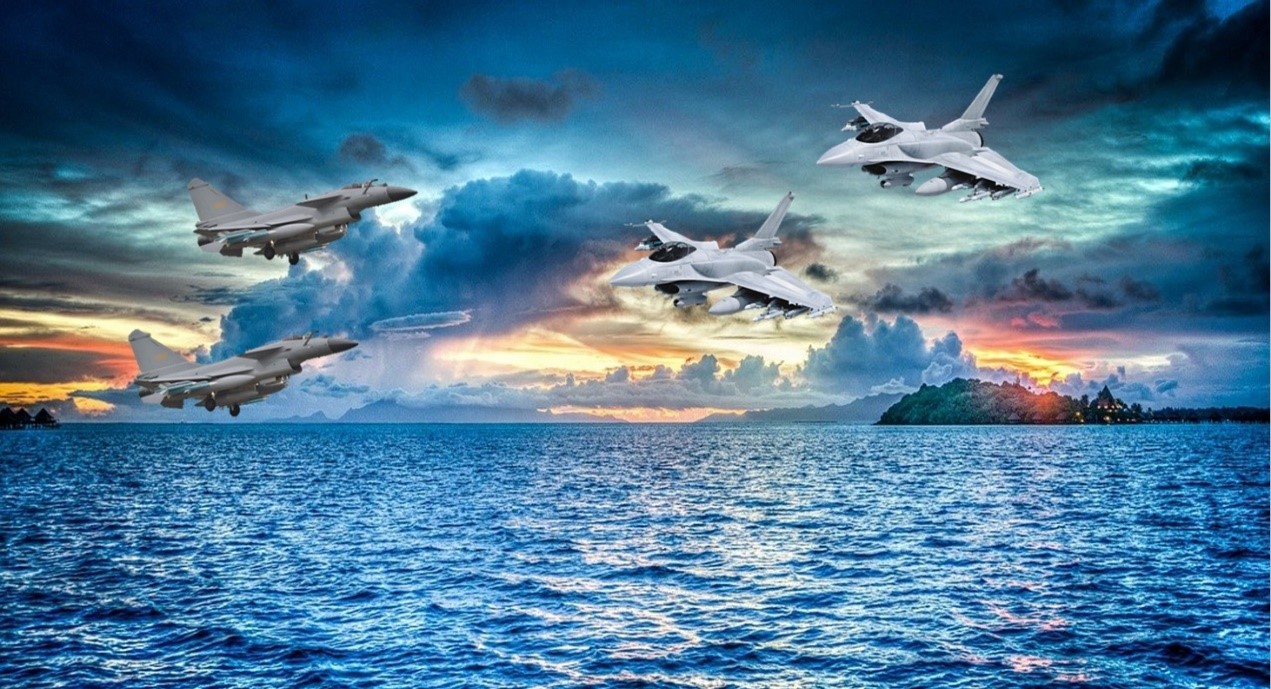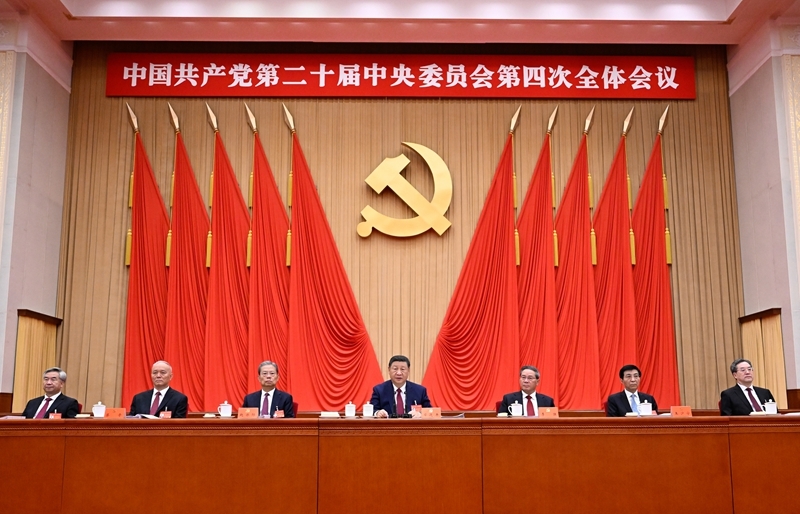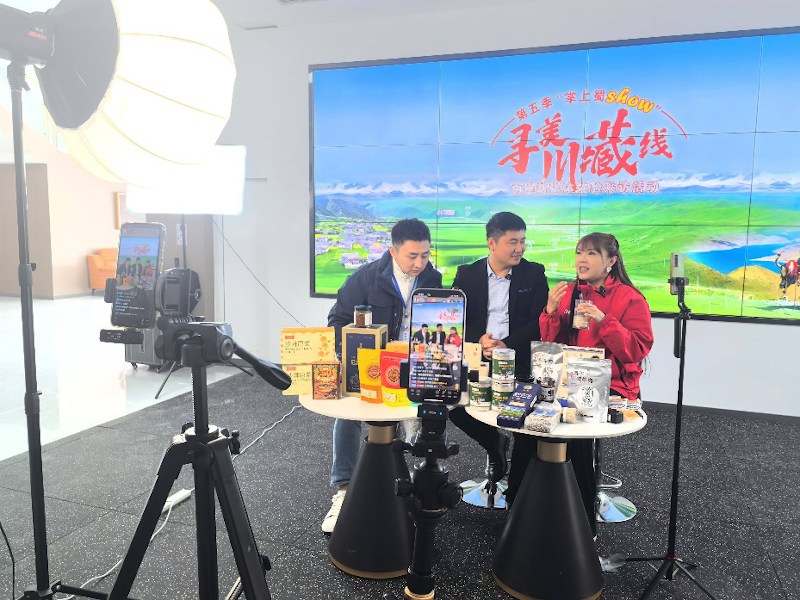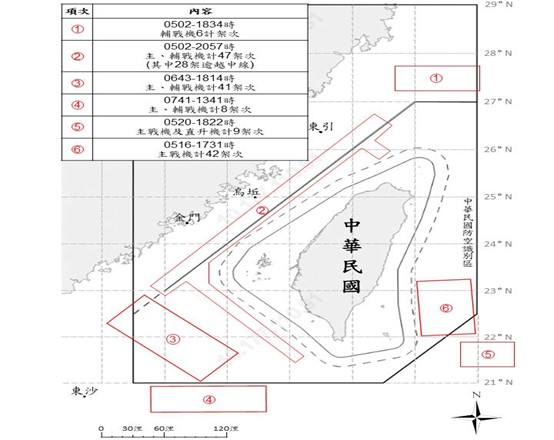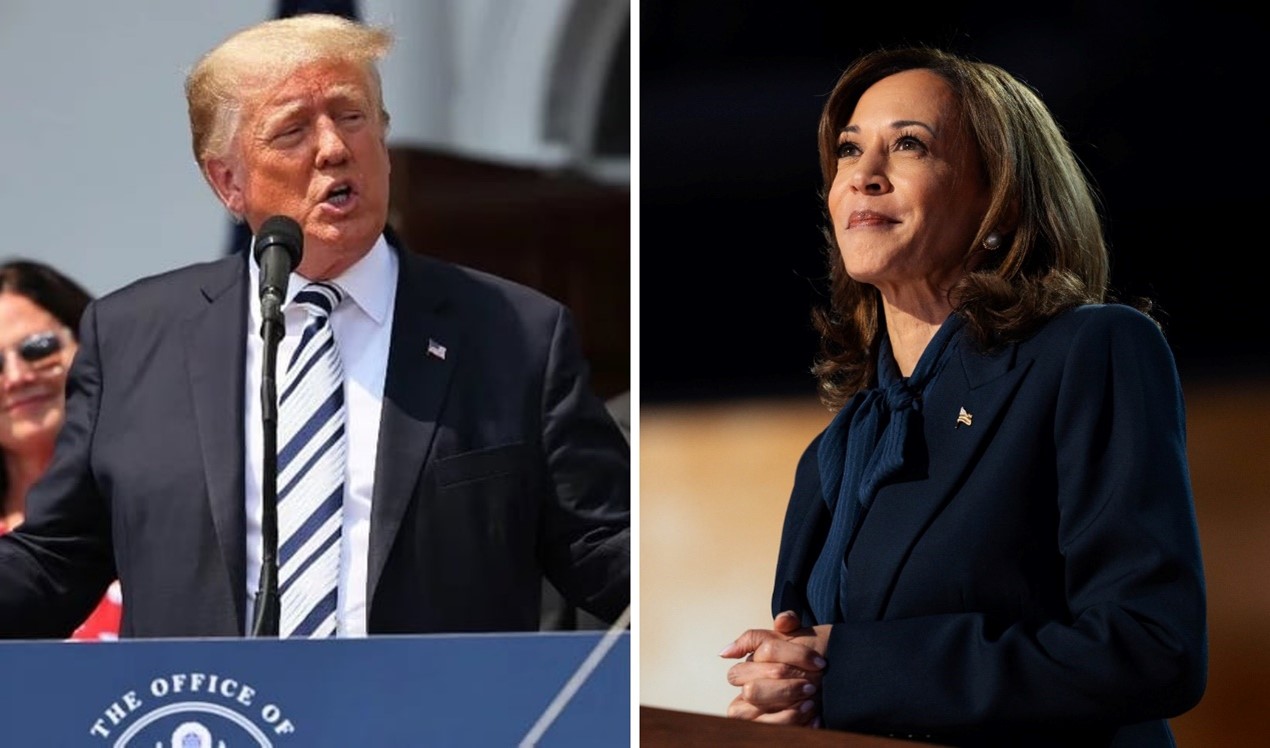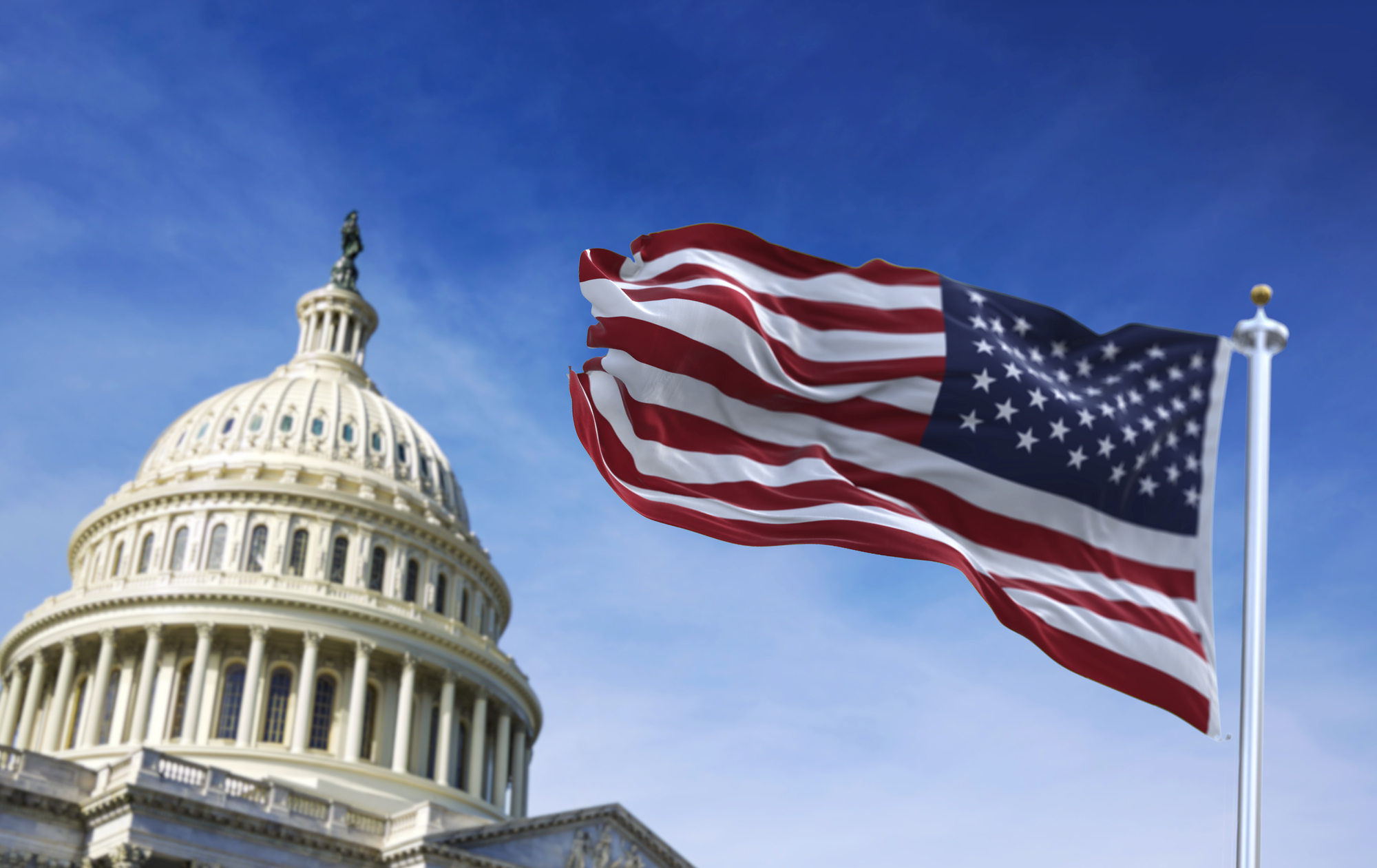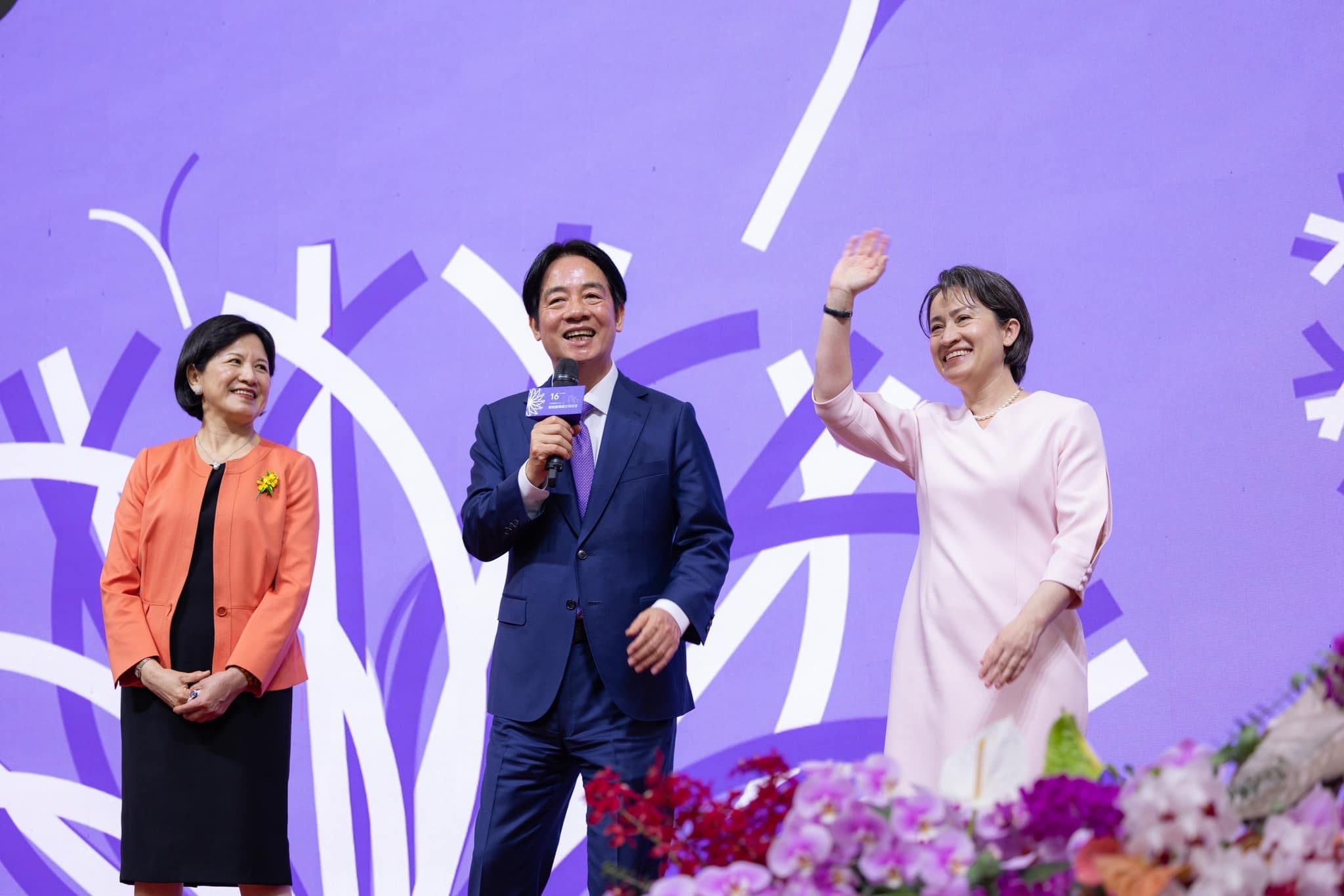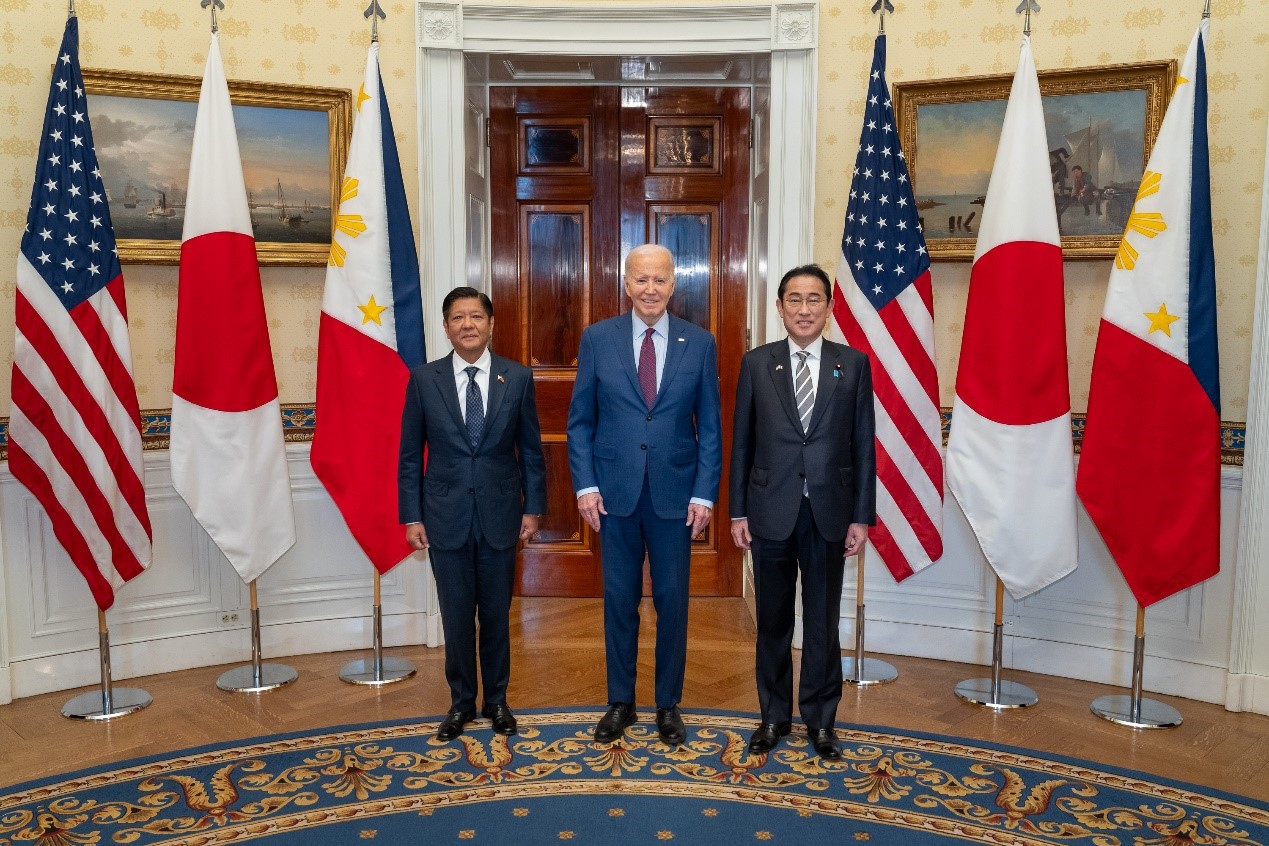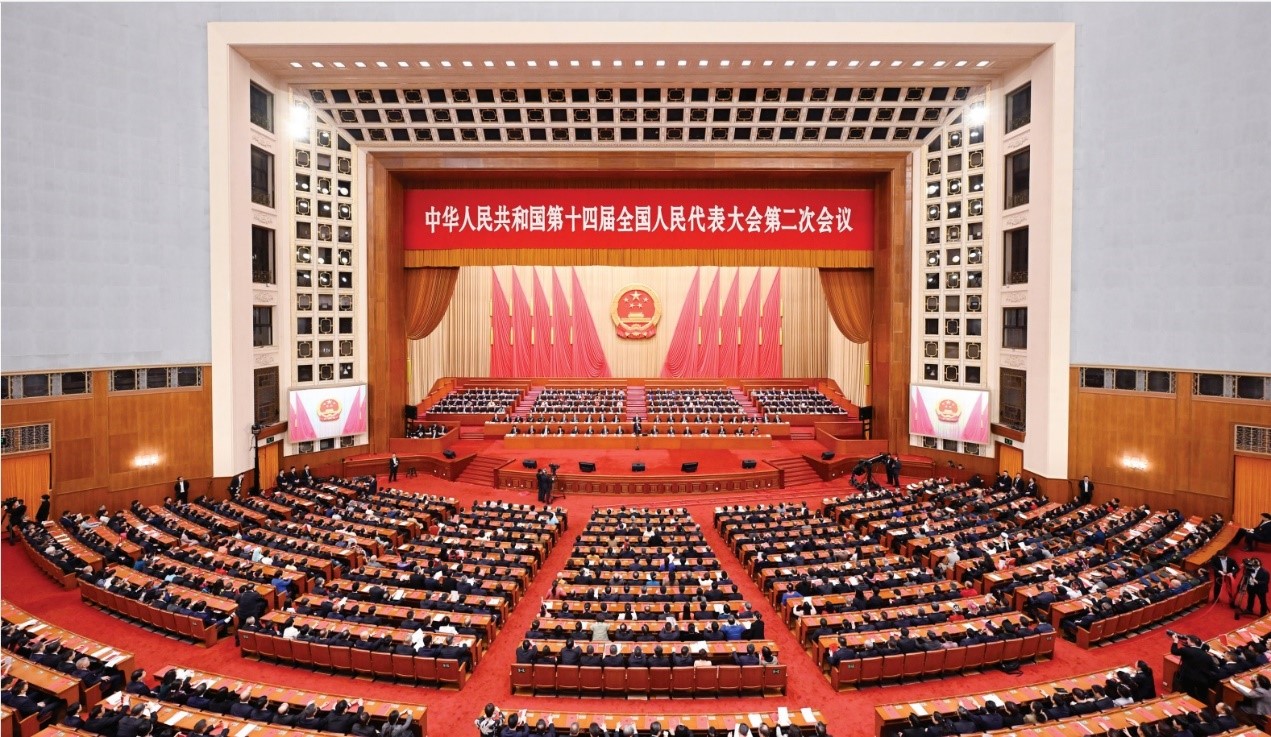China’s Assault on the ‘Median Line’ in the Taiwan Strait: A New Challenge for Taipei
With greater international goodwill, Taiwan and the community of democracies can use the terrible publicity that Beijing has earned itself through its destabilizing behavior as an occasion to explore other, non-military, means by which to bring back some balance in the status quo in the Taiwan Strait.
Picture source: Ministry of National Defense of the People’s Republic of China, August 8, 2022, Ministry of National Defense of the People’s Republic of China, http://www.mod.gov.cn/power/2022-08/08/content_4917551.htm
China’s Assault on the ‘Median Line’ in the Taiwan Strait:
A New Challenge for Taipei
Prospects & Perspectives No. 51 September 8, 2022
By J. Michael Cole
Welcome to the ‘new norm’
Following the visit to Taiwan by U.S. House Speaker Nancy Pelosi in early August, the People’s Liberation Army (PLA) has been one of the key instruments by which Beijing has sought to alter the status quo in the Taiwan Strait. Besides ballistic missile tests and live-five exercises in areas closer to Taiwan than had hitherto been the norm, the PLA has now routinized its naval and aerial presence on the Taiwan side of the “median line” in the Taiwan Strait, a tacit demarcation that, for decades, had served as a buffer against provocative adventurism as well as accidents. More than anything, this new norm has proven destabilizing and is forcing Taipei to consider how best to respond without heightening the risks of confrontation.
Although Beijing never officially recognized the existence of the “median line,” prior to the August crisis it had only violated it on a few occasions, usually doing so in response to a perceived provocation. Such incidents, moreover, only involved one or a handful of PLA Air Force (PLAAF) aircraft, and were of short duration. Since August, such intrusions have been daily affairs and have involved a much larger number of aircraft. The presence of PLA Navy (PLAN) vessels in the area has also substantially increased.
Military countermeasures
While it is not known whether Beijing intends to sustain this new norm indefinitely, what is becoming clearer is that the need to dispatch interceptors to expel PLA intrusions risks having a can strain and overstretch Taiwan’s military resources. Given the quantitative asymmetry in terms of pilots, sailors, aircraft, and hulls, it is doubtful that Taiwan, on its own, has the wherewithal to sustain countervailing military operations over the long term. In fact, any attempt to sustain such a response would conceivably fall into a trap set by Beijing to drain manpower and material resources. Consequently, the Taiwanese military will have to play a limited, albeit wise, role in efforts to bring back some balance in the Taiwan Strait amid a more robust, frequent, and threatening PLA presence.
That Tsai Ing-wen administration has already issued directives to the armed forces to the effect that PLA intrusions into Taiwan’s territorial waters and airspace are to be countered accordingly. This, arguably, stems from the understanding that the Taiwanese military must conserve its forces and only spring into action when PLA activity poses a direct threat to national security and the integrity of Taiwan’s sovereignty. We must also remember that while certainly concerning, PLA activity has nevertheless occurred in international waters and is therefore not technically illegal. Thus, while the Taiwanese military must remain vigilant and redouble its efforts to maintain situational awareness in a much more complex and fluid environment, it must also avoid overreaction and overstretch, two factors which would increase the risks of accidents, miscalculation, and potential escalation (in this author’s estimate, it is this, rather than a conscious directive by Beijing to use force against Taiwan, that poses the greatest immediate threat to Taiwan).
Besides the uses of the Taiwanese military, other countries’ armed forces can also play a role in bringing some balance and stability to the Taiwan Strait. Chief among them will be the resumption, and possibly intensification, of freedom of navigation transits in the Taiwan Strait to reaffirm the claim, legitimate under international law but now ignored by Beijing, that the Taiwan Strait is an international waterway. A more muscular, routine, and multinational presence in the Taiwan Strait would complicate efforts by the PLA to consolidate its encroachment on the Taiwan side of the “median line.” Additionally, allied countries (the U.S. and Japan chief among them) can help push back against PLA encroachment by ramping up surveillance and reconnaissance activity in the Taiwan Strait, the Bashi Channel, and the Strait of Miyako.
An asymmetrical response
Although a military response along the lines discussed above is necessary, it is doubtful that such measures alone will be sufficient to return the situation to the status quo ante. In fact, while the effects of Beijing’s decision to create new facts on the ground can be mitigated, it is highly likely that Taiwan will, for the foreseeable future, have to learn to conjugate with a new, and slightly more threatening, environment.
Still, this new situation has created opportunities for Taiwan that can be exploited to its advantage and which should be incorporated into its countervailing strategy. Above all, Beijing’s overreaction to the Pelosi visit and destabilizing behavior have undermined its narrative while giving democratic Taiwan positive coverage and goodwill unlike anything it had experienced before. Chinese belligerence in the midst of Russia’s war of aggression against Ukraine has not played well on the international stage, even though the principal audience may well have been within China, with Xi Jinping feeling compelled to respond lest his inability to do so be construed as weakness at a time when he is already vulnerable due to a sputtering economy. Chinese diplomats have also compounded China’s reputational problem by giving interviews on foreign media during which they openly discussed the need to “re-educate” the Taiwanese once Taiwan is seized by China – language whose echoes of the ongoing genocide against the Uyghurs in Xinjiang did not go unnoticed.
This, therefore, has given Taiwan an unprecedented opportunity to score valuable points in its strategic communication. Despite Beijing’s efforts to blame Taipei, Washington, or Ms. Pelosi herself for creating new tensions, it is evidently clear that China is the principal source of instability in the Taiwan Strait, whose exploitation of the situation constitutes a threat to the entire region. As the ballistic missile tests and blockade-like activity in August made clear, Chinese belligerence puts everybody at risk, from civilian aviation (one need only think of the “accidental” shooting down of flight MH17 amid Russian paramilitary operations in eastern Ukraine in 2014 as a possible scenario in the Taiwan Strait, or heightened risks of air collisions as flights are forced to utilize alternative paths) to disruptions in regional trade.
All these Taiwan and its allies can use to reinforce their narrative, win over new allies, and portray Chinese behavior for what it really is. With greater international goodwill, Taiwan and the community of democracies can use the terrible publicity that Beijing has earned itself through its destabilizing behavior as an occasion to explore other, non-military, means by which to bring back some balance in the status quo in the Taiwan Strait. Taiwan may have “lost” a few nautical miles of buffer in its surrounding areas, but if it acts smartly, it can make remedial gains elsewhere.
(J. Michael Cole is a Taipei-based senior fellow with the Global Taiwan Institute in Washington, D.C., the Macdonald-Laurier Institute in Ottawa, Canada, and the Taiwan Studies Programme at the University of Nottingham, UK.)


